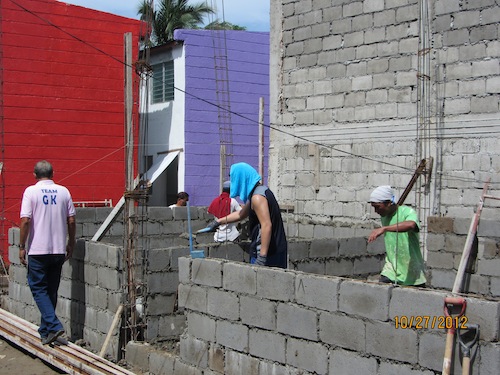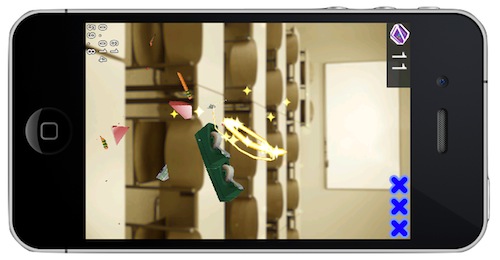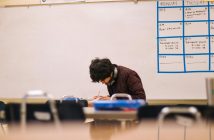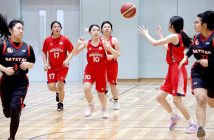
Nine months ago, I began designing my personal project – a mandatory project for all 10th graders attending the Western Academy of Beijing. The project is student-designed and includes a research component.First, I thought of many possible ideas that were based on my personal interests. In the end, I decided to create a music album. Although I am interested in many of the arts, I had the least experience with songwriting and I wanted to learn more about it.
Most students picked their personal projects the same way that I did. They thought about the things they were passionate about – whether it was horror films, global warming, or forensics. The next step was thinking of ways to present the information, whether it was by creating a final product (e.g. a book, film, or brochure) or teaching a class.
The first step of the personal project was to use primary and secondary sources to do research. I had to do a lot of research for my project because there were so many aspects to it. I had to interview professionals from the music industry and research specific elements of songs (such as lyrics, melody, and vocals).

I also had to learn how to use Garage Band to record the album, as well as design techniques to create the album cover. The research part of the project took about three to four months.
Then, I had to create specifications for my final product, which is designed to help give guidelines for the actual execution.
Many students find that the most challenging part of the personal project is reaching their goals. They only realized how difficult it would be when they were in the process of trying to meet their goal, which threw them off track.
This was true in my case. Finding inspiration was difficult; I found myself with a bad case of writer’s block. Another obstacle was actually applying my new knowledge to songwriting; I had to really evaluate the techniques I could use to show what I had learned.
I got through my writer’s block by listening to a lot of songs and finding inspiration from them. I also had to force myself to write down ideas, even if they weren’t good. I followed through under deadline, and I now know that I am able to beat writer’s block when I’m under pressure.

Afterwards, all the students had to write a 3,000-word evaluation of their personal projects, which included sections on selection of research sources, application of information, achieving the goal, and reflection of learning. The report also included MLA citations and appendices of specifications, timetables, images, etc.
At the end, WAB held a big exhibition of all the personal projects. It was really interesting to see the range. Some really memorable projects included building a skateboard, planting an organic garden, creating a horror film, creating an iPod Touch game, and re-creating a crime scene.
The personal project was at times extremely tedious, especially since we had to keep a process journal to document all our progress, research, and meetings with supervisors. For me, another frustrating experience was recording all the songs. I had to do countless recordings for each song before I was satisfied.

However, despite all the obstacles and difficulties, most of the Grade 10 students reported gaining a lot from their experience. Not only did I learn a lot about songwriting, but my organization, time management, and interpersonal skills also benefited from the experience.
If I had to do this project again, I would plan it a bit differently and spend more time recording the actual songs. That’s because I had underestimated the difficulty of that part of the project. Also, I would also try to brainstorm song ideas and lyrics ideas ahead of time, so that writer’s block wouldn’t be such a big problem.
Talia Jin is a Grade 10 student at the Western Academy of Beijing. She is passionate about writing, has self-published a poetry book, and co-wrote a novel with a fellow student. Her other interests include tennis, songwriting, and visual arts.
Photos courtesy of Daniel Liu’s mom, Ostin Kurniawan, Tricia Jin, and Kim Pang



